If you buy through our links, we may earn an affiliate commission. This supports our mission to get more people active and outside.Learn about Outside Online's affiliate link policy
Ask A Gear Guru: What Do I Need For Virtual Racing?
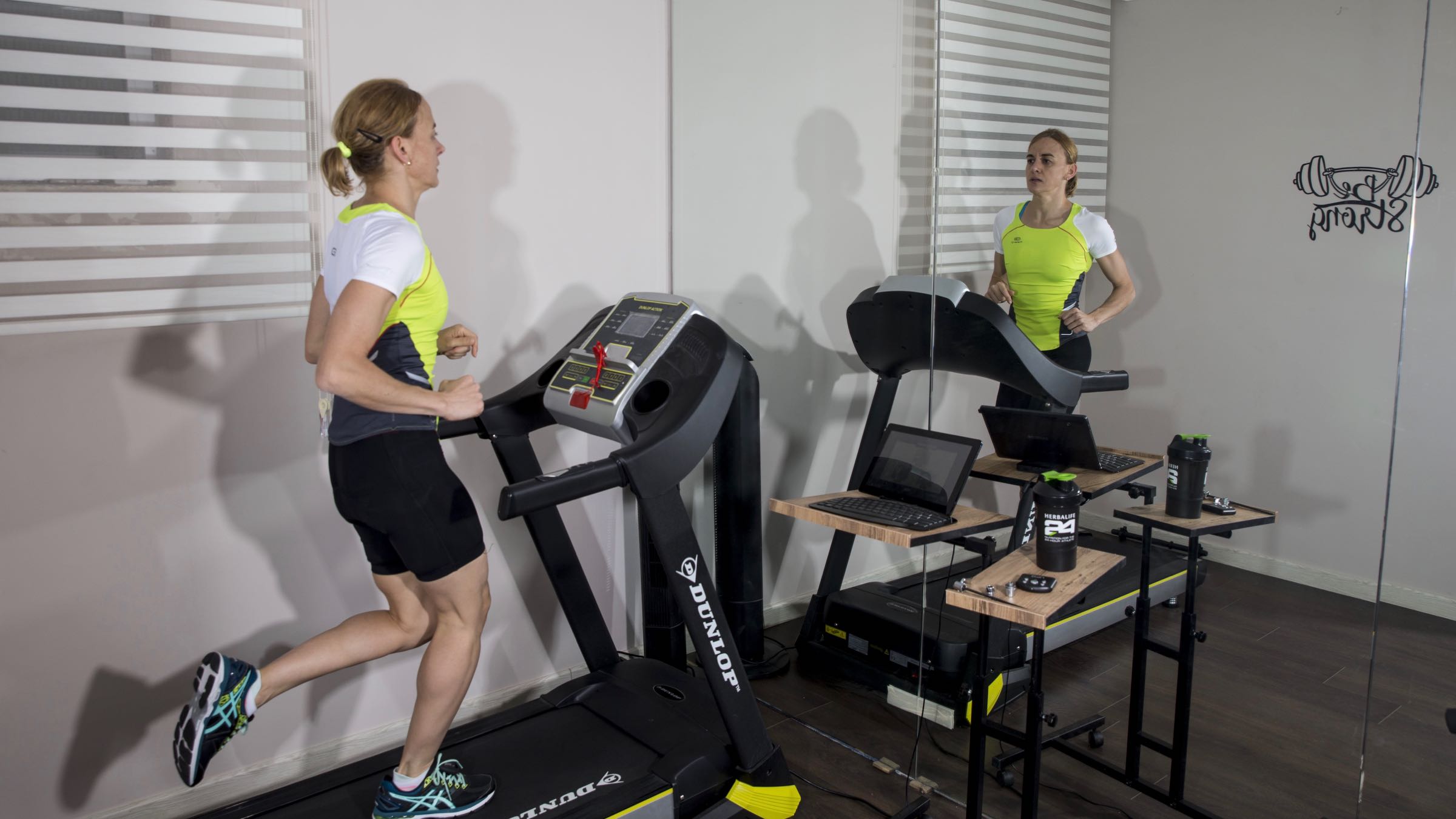
(Photo: Ercin Top/Anadolu Agency via Getty Images)
It goes without saying that this tri season has been a little…weird. As races continue to be canceled throughout the summer, triathletes have been looking elsewhere for places to get their multisport on. Be it a self-supported tri, simply training through, or doing a virtual race, already creative and resilient triathletes have had to be even more creative and resilient than ever. And with a new tri landscape starting to take shape in 2020, we’ve learned about different types of gear that help us swim when we can’t swim, strength train when we can’t (or don’t want to) go to the gym, and even race against each other distantly. While we won’t cover all of the ways to race virtually (or solo) in this column, definitely check out a piece we did a couple of months ago for a few options, and here we’ll look at what stuff you need for virtual racing. But first a few tips about virtual racing:
Know Before You Go (Online)
You wouldn’t sign up for a race without knowing where it was, how far it was going to be, or what the course was like, and you certainly wouldn’t toe the start line without knowing the rules or where transition is. The same goes for virtual racing: It’s as important, if not more, to be sure you read everything on the race’s website before you even think about signing up. Some races, like Ironman’s Virtual Race and Virtual Club program won’t let you input your mileage and times manually. In fact, you can’t even upload a raw .gpx file to their online platform (if you don’t know what that means, don’t worry, we’ll get into that below). For Ironman’s version, your miles need to be uploaded directly from your GPS device to an app on their approved list of apps, and then connected to Ironman’s platform. Be super sure that your GPS device is compatible with one of the apps Ironman connects with before you even put in your information. From there, it’s a good idea to do and upload a test run or ride because once you start your actual “race day” effort, if you do it wrong, you’re out of luck. Just like any tri, be sure to read the rules of the race. Other platforms like USA Triathlon’s “Virtual Challenge” allow manual entries, and elsewhere you might only need to upload a screenshot for proof you completed the distance (like Rev3’s virtual events).
Gear Matters
For events like Ironman’s, the gear you use also makes a difference, even after you’ve pinned down the platform. To help verify performances—something Ironman has been struggling to police—they require you wear a distance and speed sensor if you run or ride indoors on a treadmill, trainer, or stationary bike. Be sure you have what you need well before “race week.” Many events held on the popular online cycling platform Zwift require that you race with connected power and a heart-rate monitor—above and beyond the speed and distance sensor. When racing outside, the requirements are very different, so be sure you either already have the equipment needed or are ok with purchasing it (and understand that ordering online is a much more lengthy shipping affair than it used to be).
Plan Ahead, Be Thoughtful
Since many virtual events have a “race window” of a few days or a week, it’s up to you to plan out when and how you want to complete each leg. Since you obviously want to do your best, consider either talking to a coach to help not only plan your training in the lead up, but also to help plan when you want to go for it, virtually. There’s a fine art to hitting a big effort, planning enough time to recover, and then going again a day or two later. The good news is that this little physiological planning challenge actually adds a new dimension to the multisport puzzle. If you’re going to do multiple virtual events (which you really should, to track your progress), be sure to take careful notes on how you felt after each leg, how you recovered, what you ate, and what equipment you used. If you isolate the variables that made you go fast and pull out the ones that may have caused you to struggle, you’ll be able to piece together better and better “races” throughout the season—knowledge that will be invaluable when real racing resumes.
Know The Virtual Lingo
Luddite-level triathletes could have conceivably raced for years without so much as a GPS watch or heart-rate monitor, but in some virtual worlds, many of those things can be as essential as a helmet. Here’s a glossary of terms to help low-tech virtual newbies:
Virtual Training Environment: An online platform like Zwift or Bkool where you connect a trainer—either via power or speed and distance sensor—to help make your virtual avatar move in a 3D environment. Not all virtual races use this, and be sure if this is your platform of choice that it’s compatible with the race’s service to tabulate results.
Training App Platform: This is where your GPS device will connect to get the location, power, heart-rate, and more data from the device to your computer or smartphone. While nearly every GPS device comes with its own compatible app/service, a few popular ones include Garmin Connect (that actually plays well with other devices), Polar, Rouvy, and Suunto, along with non-device platforms that help collect your training data like TrainingPeaks, Finalsurge, and Today’s Plan.
GPX File: This is the file format that works most universally with most training platforms, apps, and devices. Not only does this file format contain the data from your swim, ride, or run, but it can also be downloaded from the internet or another mapping platform to help create routes for you to follow on your compatible GPS device. Note: Not all GPS devices are capable of using routes with GPX files to guide you. Other formats for your data include .FIT, .TCX, .KML, and .CSV files.
zPower: This is an estimated power number generated by Zwift based on a speed meter and the resistance of your non-smart trainer. Though it will allow you to train and race in Zwift without a power meter, the output is notoriously inaccurate and will disqualify you from many Zwift events (and draw the ire of other Zwifters). If you’re flying by everyone in the Zwift world with little effort, you’re probably using zPower (or your name is Cam Wurf).
Ok, enough of virtual racing 101, now let’s look at some of our favorite pieces of virtual racing gear for doing your best—indoors or out:
Coros APEX Premium
$300, Amazon.com
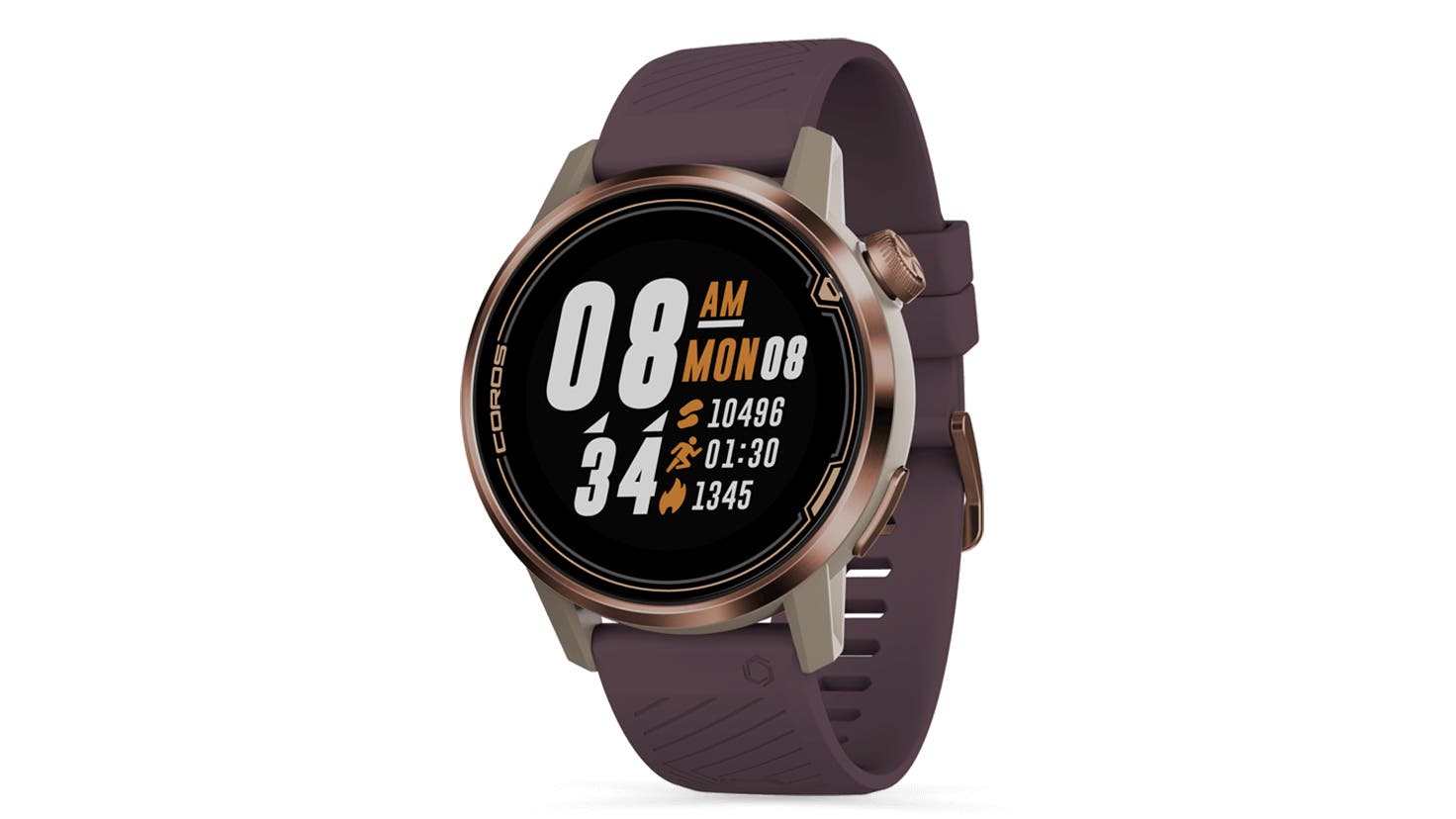
There are a lot of reasons we love this under-the-radar smartwatch from Coros, but let’s start with the price: For far less than its competitors, you get a ton of battery life (anywhere from 25 hours in full GPS to 100 hours in economy GPS), a very cool digital “knob” to help navigate, enough sport profiles for triathletes without the ridiculous ones no one needs (yes, we’re looking at you, kiteboarding), open-water and pool swimming, and way more. Better yet, if you’re going to do one of the “solo” virtual events like the Kaiserwinkl-Walchsee Solo Challenge, you can add a route to the APEX to help you navigate the real-world course sans course-direction volunteers. It also has a ton of built-in training metrics that help you with recovery and training if you are self coached or are not so good at knowing when to back off. Bonus: The APEX also has an onboard wrist-based optical heart-rate monitor that can rebroadcast data to other devices if needed.
Saris Fluid2 Smart Trainer
$350, Rei.com
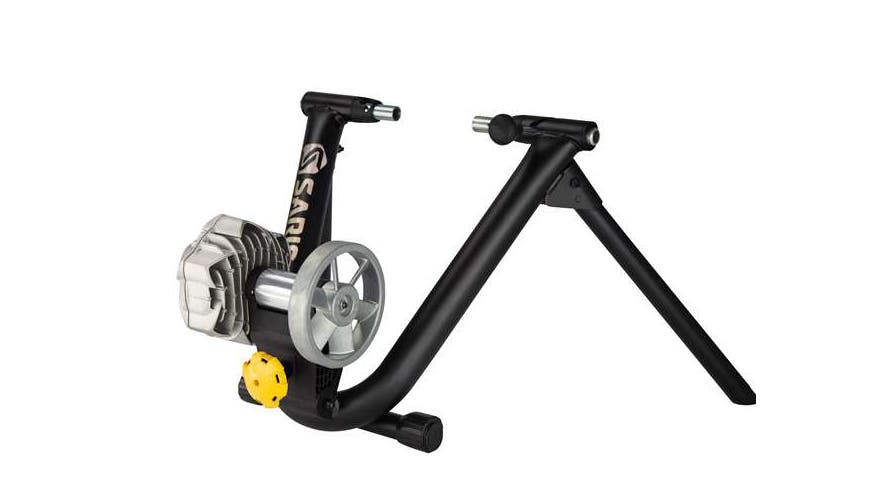
If you’re thinking of getting into a smart trainer with built-in power and a speed sensor to either race virtually or train better indoors right now, Saris’ wheel-on ANT+ or Bluetooth-compatible fluid trainer is a great way to introduce yourself to that world without dropping a ton of cash. This trainer is relatively quiet and connects easily with Rouvy—one of the best options for Ironman virtual racing as the Rouvy platform connects directly with Ironman’s online platform. Though it does not offer virtual environment feedback (I.e., it won’t get harder when you approach a virtual “hill” or easier as you virtually coast down), it does allow you to get a good power and speed/distance reading for virtual training and racing.
Wahoo TICKR X
$80, Wahoofitness.com
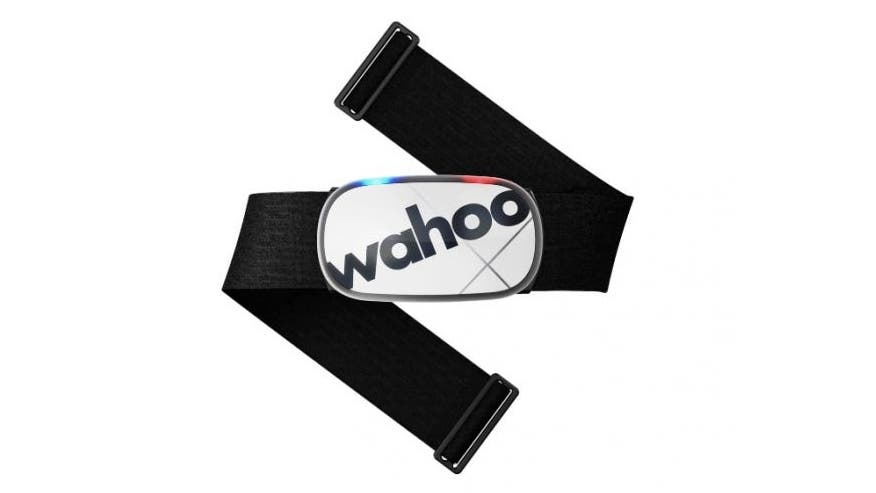
For some virtual training and racing situations, organizers require a heart-rate monitor, so if your smartwatch doesn’t have built-in wrist-based heart rate (like the APEX above), you’ll need an external one. In fact, even if you do have a wrist-based heart-rate monitor, you may want the added accuracy and better responsiveness of a chest-based device. Newly updated with better software, Wahoo’s version not only does heart rate, but it also has on-board memory so you can track heart-rate data for later use without an external device as well as collect cycling cadence/running dynamic data. Even if it’s not a requirement for your virtual race, using heart rate is a great economical way to gauge your effort when you’re out alone on the virtual course.
Saris Magnetless Speed or Cadence Sensor
$40, Saris.com
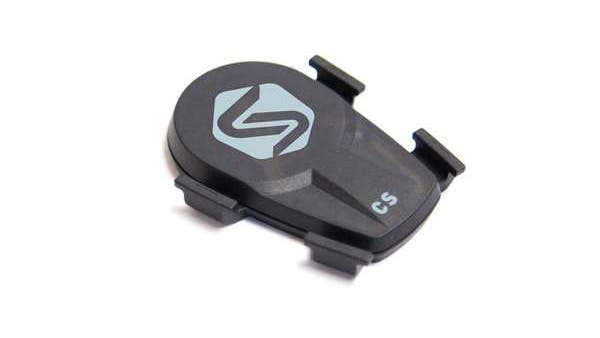
Ok, I know this is two Saris products in one guide, but this is one of the coolest (and versatile) devices I’ve used. If you’re unable to use a smart trainer or GPS device to track your speed and distance, this sensor is the next best thing. While not all virtual events allow simply a speed/distance sensor (many higher-level Zwift events, for example), this simple device installs either on your crank arm or wheel’s hub and connects via Bluetooth or ANT+ to transmit cadence or speed (cadence when on the crank arm; speed when on the hub). No magnet required. It’s so deceptively simple and inexpensive that it’s often overlooked, but this is a great way to get into many virtual events without spending a lot of extra time or money.
Garmin Foot Pod
$70, Garmin.com
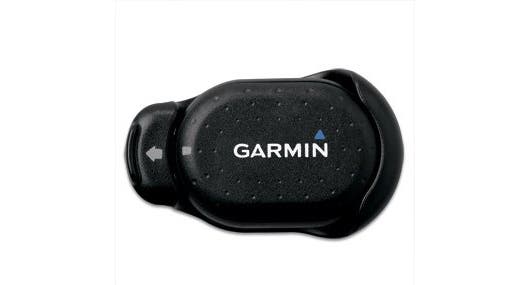
Similar to the Saris device above, this tiny little foot pad that attaches to your shoelace and transmits both running distance and cadence via ANT+ to your ANT+-compatible device. This is particularly useful (in fact, it’s required in some virtual racing, like Ironman’s) when you’re doing your run leg indoors. Because pretty much no one trusts the accuracy of a treadmill, this little footpod helps lend a moderate amount of credibility to your indoor run. It can also be used for non-treadmill running when you’re in an area without GPS and provide cadence in both situations if your watch doesn’t have onboard running cadence.